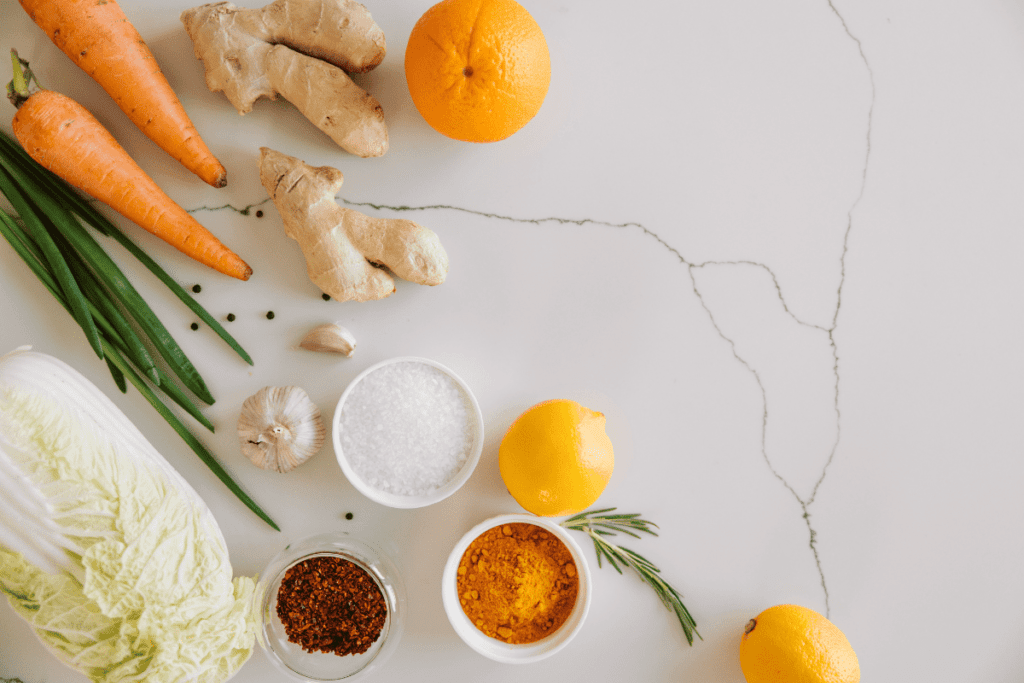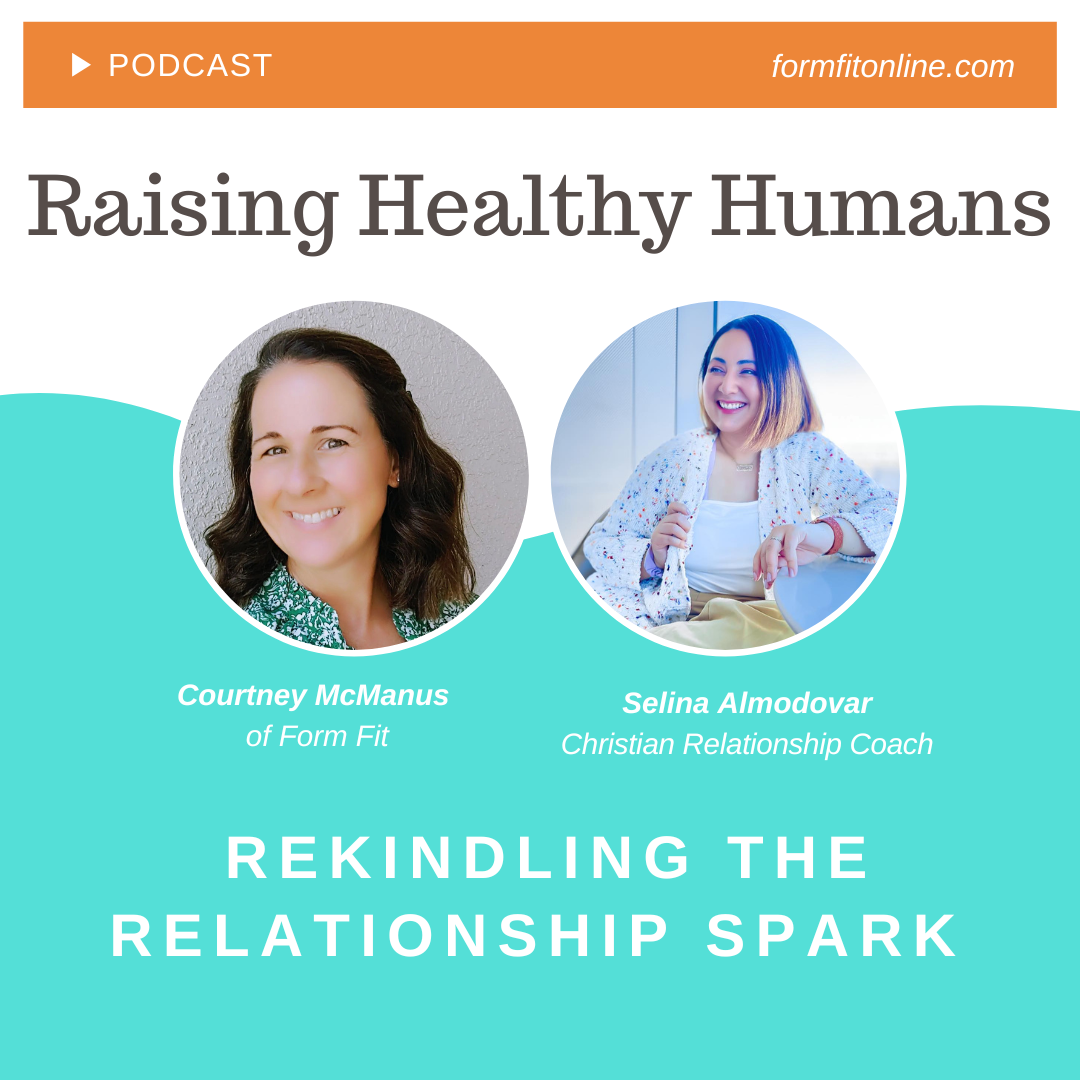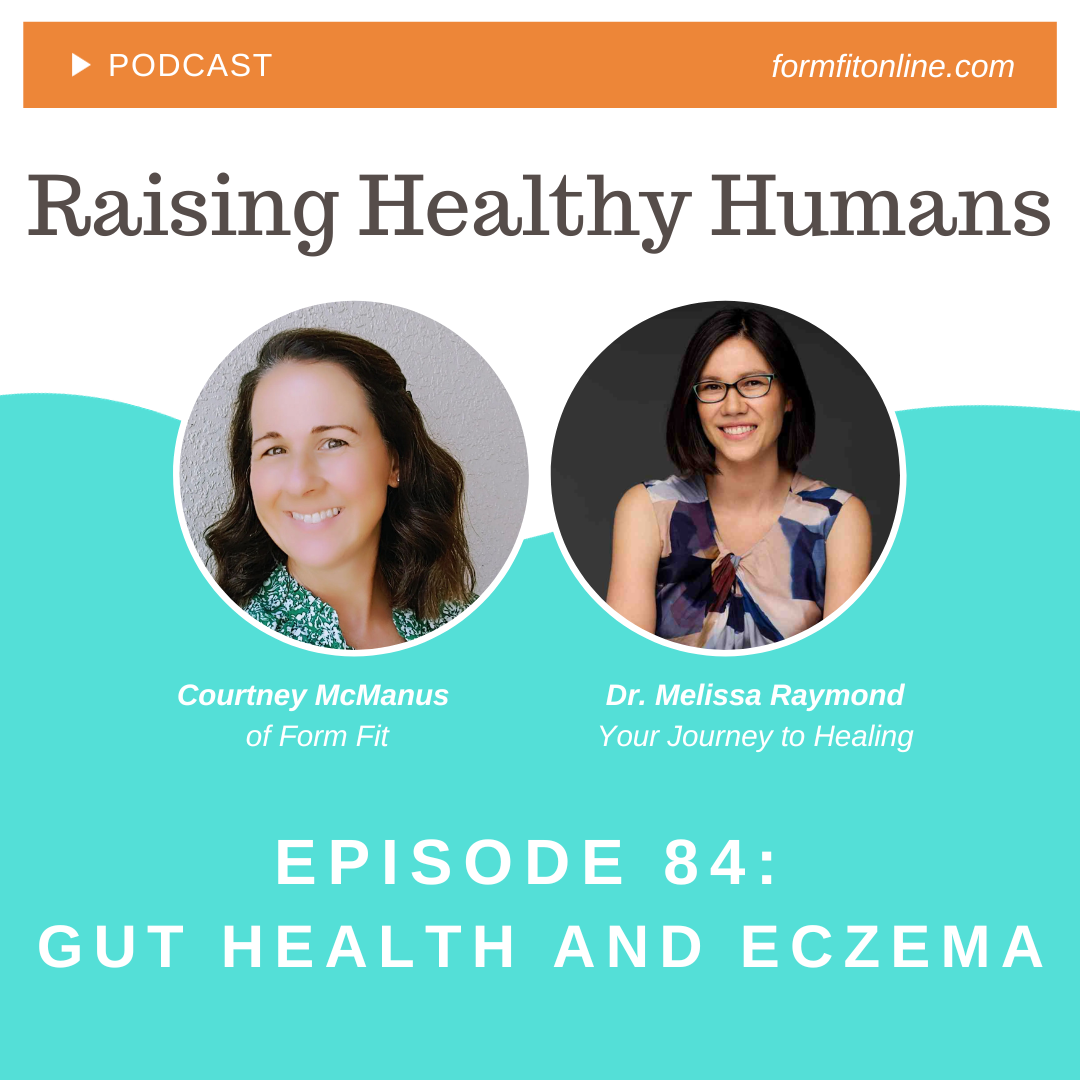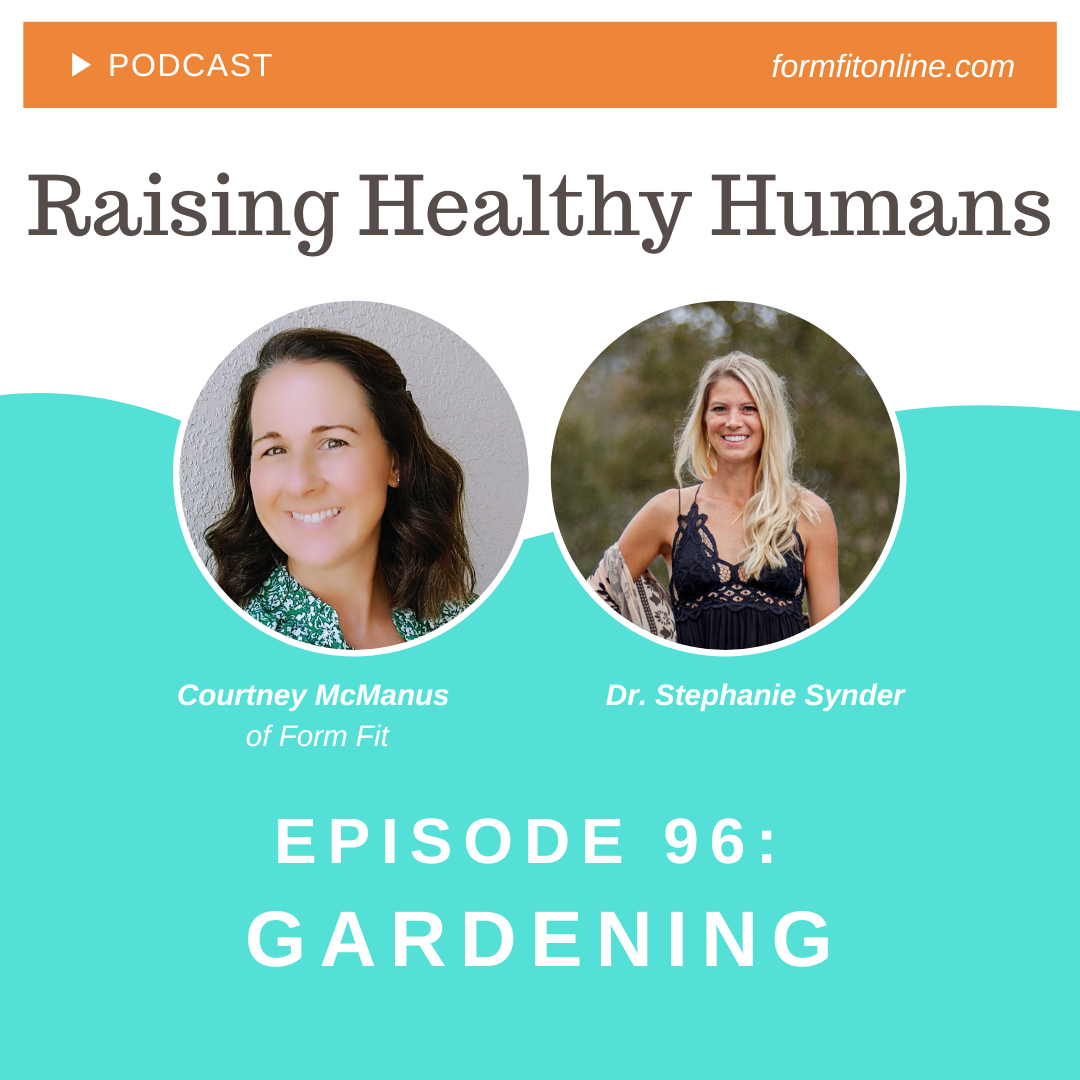How and Why to Have a more Plant Forward Diet

I recently spoke with Anna Tseng of Plant Nourished to discuss her approach to plant based eating. Anna is a plant-based Registered Dietitian with a Master’s in Public Health Nutrition. She’s also the Founder of PlantNourished, a Podcast Host, and an award-winning published recipe creator. Through private coaching and online courses, she helps busy people with health challenges move easily to plant-based eating for optimal health. Anna empowers them with key skills, practical strategies, and tasty, nourishing, plant-based recipes so they can enjoy a health-transforming, vibrant life…without long hours in the kitchen!
The Difference between a Plant-Based Diet and a Plant-Forward Approach:
Plant-based eating is a way of eating that is more plant-centered than meat-centered. You are putting plant-based foods at the center of the plate, and they are the stars rather than meats and animal-based products.
The plant based approach is an overarching umbrella term with many different kinds of specialized plant-based diets underneath.
A vegan diet excludes all animal products and animal by-products.
A vegetarian diet can include eggs and or dairy products. Whole food plant-based diet focuses on minimally processed or unprocessed whole plant-based foods, like fruits, vegetables, whole grains, beans, nuts, legumes, and seeds.
While a Plant-Forward diet doesn’t mean getting rid of animal proteins, you focus instead on filling your plate with more plant foods and eating less meat. Vegetables become the star of the plate with smaller portions of lean meat and dairy foods, similar to the Mediterranean diet.
Why should we take a more Plant Forward Approach:
Studies show that a high fiber, whole food plant-based diet gives you the most health benefits, preventing future chronic diseases and improving current health conditions such as high cholesterol, diabetes, or high blood pressure. Even though the name diet is not a fad diet, it is more of a lifestyle choice, being a long-term way of living. It is also not an all-or-nothing approach.
Plant-based diets do not mean you can’t eat meat, only if you choose to. The goal is to start decreasing processed foods and focus on eating more plant-based meals for better overall health. You can start anywhere on this spectrum and slowly move toward a more plant-forward way of eating.
The health benefits of a high fiber, whole food plant-based diet are far and wide. They can include lowering cholesterol, reducing weight, improving blood sugar, lowering blood pressure, and even reversing or preventing heart disease. These health reasons are why Anna and her family decided to move towards a more plant-based approach and since they have made changes, they are seeing the positive impact of doing so.
Why not Keto or Paleo:
Anna states that the research she has looked at shows that there is a lot of weight loss at the beginning of these diets due to glycogen breaking down; you are losing a lot of water weight and also losing a lot of muscle as well, while the plant-based approach tends to be more fat loss. She does have concerns with the long-term effects of eating many animal foods since they are coupled with a lot of saturated fats, and it has been shown to increase the risk of chronic disease.
There is a lot of back and forth in the wellness space right now with heavy protein through animal foods or a more plant-forward trend with the Blue Zones Diet, and you will hear a lot of information about aging and dealing with muscle loss (sarcopenia). The dietary guidelines when it comes to protein is .8 grams per kilogram per day to meet the requirement of almost all adults, and much of the research for those over 65 is to increase your protein intake up to 1 gram per kilogram due to lack of appetite as we get older, as protein and muscle synthesis decreases at this age.
Dr Gregor, author of How Not to Age, follows the research where protein restriction as you get into the upper ends of your life-span is more effective at preventing accelerated aging and he recommends no more than 1 gram per kilogram per day for longevity.
Can a Plant-Based Approach meet the daily protein needs:
Anna feels that we can get our daily protein needs through plant-forward eating without consuming too much meat. All plant-based foods contain protein, and the American Academy of Nutrition and Dietetics has a position statement on vegan and vegetarian diets that states that when eating this way, you typically meet or exceed the protein intake when caloric intake is adequate. It is important to ensure your caloric intake is at the recommended levels to get all the nutrients you need.
You also want to focus on healthy whole grains as they offer complex carbohydrates, which are very different than the highly refined carbohydrates in ultra-processed foods. When you eat complex carbohydrates, it takes longer for your body to digest and break them down, which helps to keep you fuller for longer periods, and they don’t raise your blood sugar as fast as processed foods do. They are also coupled with fiber, B vitamins, iron, zinc, magnesium, antioxidants, and many phytochemicals and are a great source of protein.
Different types of plant protein:
-legumes (chickpeas and kidney beans give you about 15 grams of protein)
-a cooked cup of soybeans gives you about 31 grams of protein
-a cup of cooked lentils gives 18 grams
-A block of tofu can give you 30-40 grams
– a cup of quinoa 8 grams
-cup of buckwheat 5 grams
-cup raw oats 10.6 grams
-avocado 4 grams
-cooked broccoli 7.5 grams
-3 tbsp hemp seeds 9 grams
-a cup of Brussels sprouts 3 grams
-sweet potatoes have 2 grams
It is important to include a good source of protein with each meal to help you get all of the benefits of protein throughout the day. By the end of the day, you will likely meet your protein needs if you follow this way of eating.
Anna feels you should eat your breakfast as a king, lunch like a queen, and dinner like a prince, yet most in the United States have it flipped, eating our biggest meal at the end of the day. Morning time is usually when insulin is higher, and you are usually up and moving around more, so it makes sense to eat more in the morning to give your body what it needs to get you through the day. Eating a plant-powered breakfast will help energize and fuel you for the day while helping you feel fuller longer. Here are some healthy food options she recommends for starting your day.
Breakfast protein ideas if you are choosing not to eat animal-based proteins:
-2 slices of 100% whole wheat bread with 1 tbsp of peanut butter and a tbsp of pumpkin seeds with a glass of soy milk for 28 grams of protein
-Bowl of oats, 1 tbsp sunflower seed butter, sprinkle some nuts and fruits on top along with pea-based milk, 15-20 grams of protein
Another thing you may have heard about regarding eating plant-based proteins is the amino acids and how you should couple your plant protein together to ensure you are getting complete proteins. Still, Anna shares with us that the idea is good to ensure you are getting the nine amino acids, but it is unnecessary. Eating a variety throughout the day is more important as you will get everything you need through the overall mix of amino acids. There are also a few complete plant-based foods that already have all nine amino acids within them. Some examples are soybeans, quinoa, hemp, amaranth, and buckwheat.
Supplements you may need:
For the most part, when you eat a more plant-forward diet, you should get all the essential nutrients if you are eating the recommended calories within the day. In our modern society, there are a few things you may want to supplement with, no matter if you are or aren’t eating animal-based foods. They are:
-Vitamin D since we spend more time indoors than
-Vitamin B12 for those that eat plant-only foods, since it is created by a bacteria that is stored in animals, but since we have become more focused on hygiene and are washing and processing our foods more, we are not getting as much of the Vitamin B12 as we used to.
-Omega 3 fatty acids, which you can get in chia seeds and walnuts if you don’t eat fish products. Since so many of us are eating more seed oils, we have a disproportion of Omega 6, so we need to supplement with Omega 3’s to help with the more anti-inflammatory effect.
Transitioning to more plant forward diet:
There is a steep learning curve to this style of cooking and eating. Learning to prep and cook with these plant sources can be difficult as many difficult recipes out there take a long time and don’t always taste great. Anna fell in love with recipe creation and learned many time-saving culinary strategies to help with plant-forward cooking, prepping hacks, working with whole foods, and creating some delicious vegan options. She is happy to share them with you; you can find her at Plantnourished.com
A great way to start is by looking at the meal you are eating and thinking about how to add a little bit more natural whole plant-based foods to that meal. If you are having cereal, see if you can add fresh or frozen fruit with that or a green smoothie on the side. If it’s lunch, and you decide on a burger, could you add a salad to the side or some soy foods like edamame. This small step is in the right direction, moving away from highly processed foods that we tend to fill our plates with or grab on the go to adding more nutrient-rich foods into our day.
Other blog posts you may enjoy:
Eat more Healthy Leafy Greens to help with Gut Health






